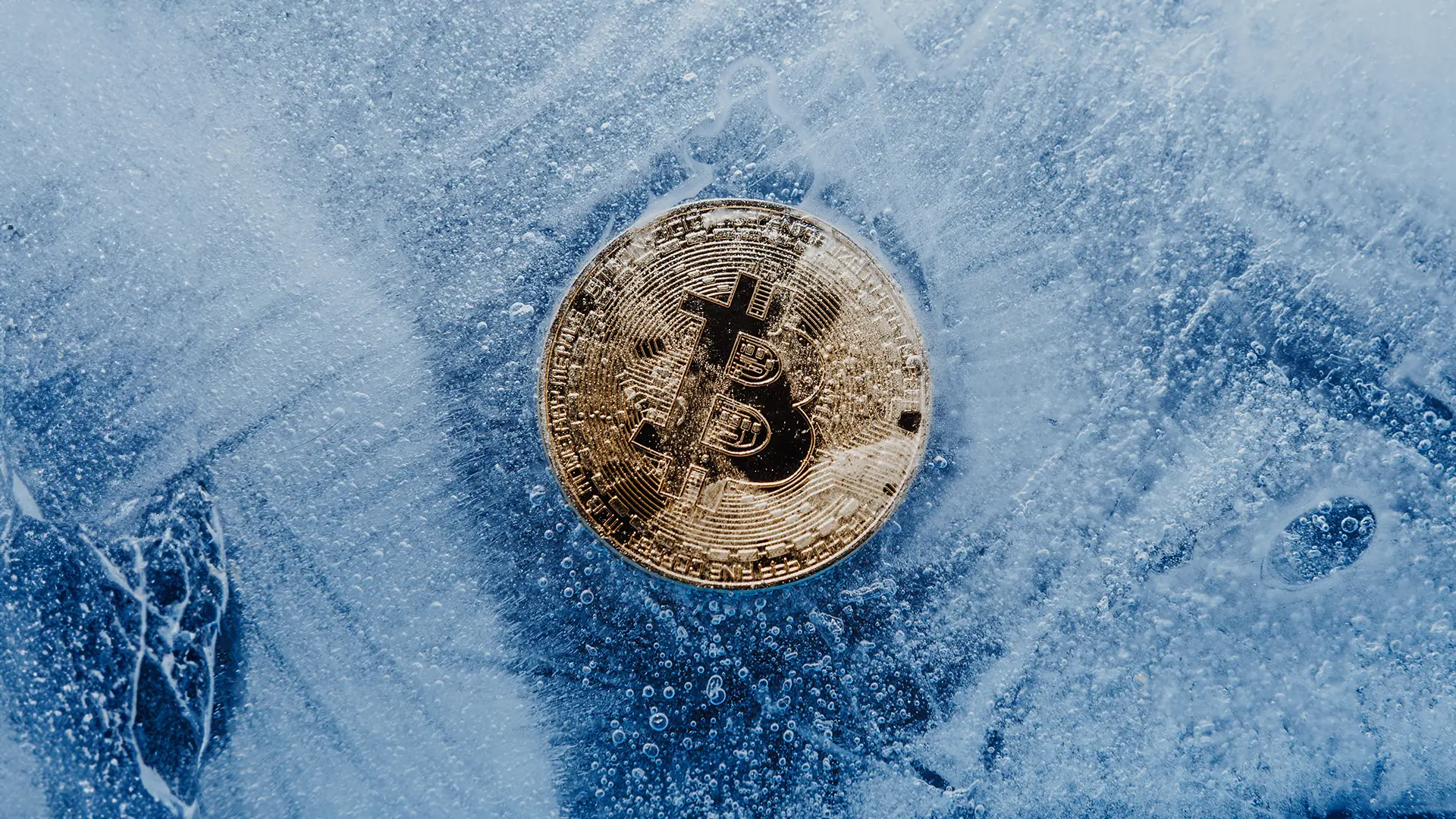Last Updated:
Jul 15, 2025
Crypto seasons: How the market changes from winter to summer
Last Updated:
Jul 15, 2025

Author
Share this article
The cryptocurrency market is unique for its high volatility and seasonal fluctuations that significantly influence investor sentiment and price dynamics. Understanding how the market shifts from winter to summer helps traders and investors navigate better and make more informed decisions.
What are crypto seasons?
The term “crypto season” refers to periods during the year when the market experiences noticeable activity and specific trends — such as price growth or decline, increased trading volumes, new project launches, and so on. These seasons often correspond to weather and economic cycles, as well as key industry events.
Winter — a period of calm and consolidation
In winter, the crypto market traditionally enters a phase of calm, often called the “crypto winter.” During this time:
● Prices of many altcoins decrease or stabilize at low levels
● Activity from traders and new investors declines
● Trading volumes shrink
● Projects focus on development and long-term growth
● Many feel like the market is “frozen” — and this becomes a time to prepare for the next cycle
This “winter” can be caused by macroeconomic factors, regulation, and participant psychology.
Spring — time of awakening and growth
With the arrival of spring, the market begins to awaken:
● Interest in altcoins grows, and the first positive trends emerge
● Adoption of new technologies and project launches intensify
● Investors start entering the market more actively after the winter period
● Activity on social media and news outlets increases, attracting new participants
Spring sets the tone for the upcoming season and is often accompanied by the formation of new trends.
Summer — peak activity and maximum profits
Summer is considered one of the most favorable periods for the crypto market:
● Sharp price increases in many altcoins and even Bitcoin
● High trading volumes and massive inflow of investors
● Frequent announcements and launches of new tokens, projects, and exchange products
● Intensified hype and widespread discussions on social media
● Increased trading and pumps, sometimes accompanied by high volatility
This is when investors can achieve maximum profits, but risks also rise.
Autumn — time to prepare for the next wave
Autumn is a transitional period:
● The market may stabilize or begin correcting after summer
● More fundamental news and analyses emerge
● Preparation for the winter period begins: projects strengthen positions, investors become more cautious
● Activity may decline, but the foundations for the next growth phase are laid
The autumn period is important for long-term planning.
How to use seasonality in trading and investing
● Monitor historical cycles and current trends
● Avoid entering the market at the hype peak during summer without assessing risks
● Use the “winter” to research projects and build positions
● Spring is the time to increase exposure to altcoins and new technologies
● Autumn is the period for analyzing and adjusting your portfolio
Understanding seasonal patterns helps better manage capital and minimize losses.
Conclusion
Crypto seasons are a valuable tool for market analysis. From winter calm to summer boom — each period brings its own opportunities and challenges. The ability to adapt to these changes and make decisions based on seasonal trends is the key to success in the crypto world.
Author
Share this article
